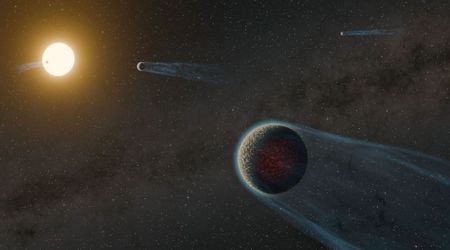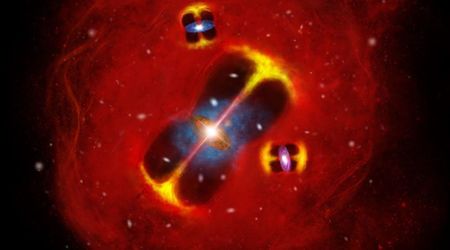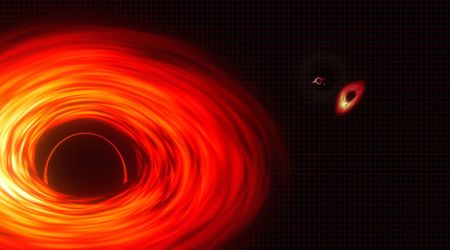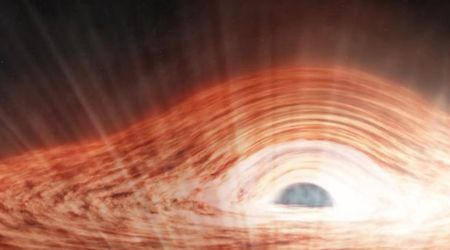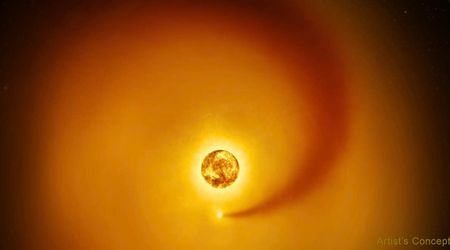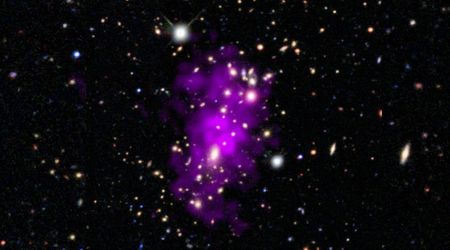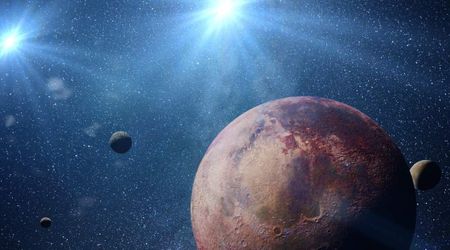NASA’s James Webb captures auroras on Jupiter that glow hundreds of times brighter than those on Earth

Space enthusiasts around the world are in awe as NASA's James Webb Telescope has captured a phenomenon on Jupiter like never before. Fresh images from the telescope show that Jupiter's auroras are brighter, hundreds of times more intense than Earth's Northern and Southern lights, as reported by NBC News. While both planets experience auroras when high-energy particles collide with the atmospheric gases near their magnetic poles, Jupiter's auroras are hundreds of times more energetic than those observed on our planet. On Earth, these light shows are primarily caused by solar storms, where charged particles from the sun excite gases in the upper atmosphere, resulting in red, green, and purple hues.
More passion, more energy 🕺@NASAWebb captured new details of auroras on Jupiter. These dancing lights are huge in size and are hundreds of times more energetic than auroras on Earth. Check it out: https://t.co/bsMb9PRaeW pic.twitter.com/MoXl9RT6em
— NASA (@NASA) May 12, 2025
Unlike Earth, Jupiter boasts an additional source, its volcanically active moon Io. Jupiter's powerful magnetic field intercepts not only the solar wind but also those ejected by the numerous large volcanoes on lo. These volcanic emissions escape Io's gravity and enter Jupiter's orbit, adding to the charged particles bombarded by the Sun on the planet. This powerful field then accelerates these particles to incredible velocities. As these high-speed particles crash into Jupiter's atmosphere with immense energy, they energize the atmospheric gases, causing them to emit light and create the stunning auroras observed by telescopes like Hubble and observatories including James Webb, as mentioned on NASA's official site.

Scientists, led by Jonathan Nichols from the University of Leicester in the United Kingdom, conducted this study of Jupiter in December 2023. According to Nichols, this seemed like the perfect Christmas gift. "We wanted to see how quickly the auroras change, expecting them to fade in and out ponderously, perhaps over a quarter of an hour or so. Instead, we observed the whole auroral region fizzing and popping with light, sometimes varying by the second," said Nichols in a statement by NASA.

The Webb Telescope's rare near-infrared camera was able to capture these auroras. The strength and activity of Jupiter's auroras amazed the team of scientists as they were collecting information. Nichols also noted that the brightest light observed by Webb had no real counterpart in Hubble's pictures. "This has left us scratching our heads," he shared. "To explain the brightness levels observed by both Webb and Hubble, we need a large number of very low-energy particles striking the atmosphere at the same time, something scientists previously believed couldn't occur," Nichols explained. "We still don't understand how this happens."

Notably, the team's central focus of investigation was to study emissions from the trihydrogen cation (H3+), which can be formed in auroras. They discovered that the emissions exhibit a much higher level of variation than previously recognized. These observations will help scientists comprehend the heating and cooling process occurring in Jupiter's upper atmosphere, according to NASA.
Back in 2022, Jupiter's auroras were captured by the James Webb Space Telescope, observing their high-altitude glow at the planet's poles. Those earlier images also revealed Jupiter's faint rings and two of its smaller moons, Amalthea and Adrastea. To get a clear understanding of how this unusual mix of particles might be reaching Jupiter's atmosphere, Nichols and his teammates intend to keep investigating this phenomenon using both Hubble and James Webb, as per a recent SpaceNews article.
